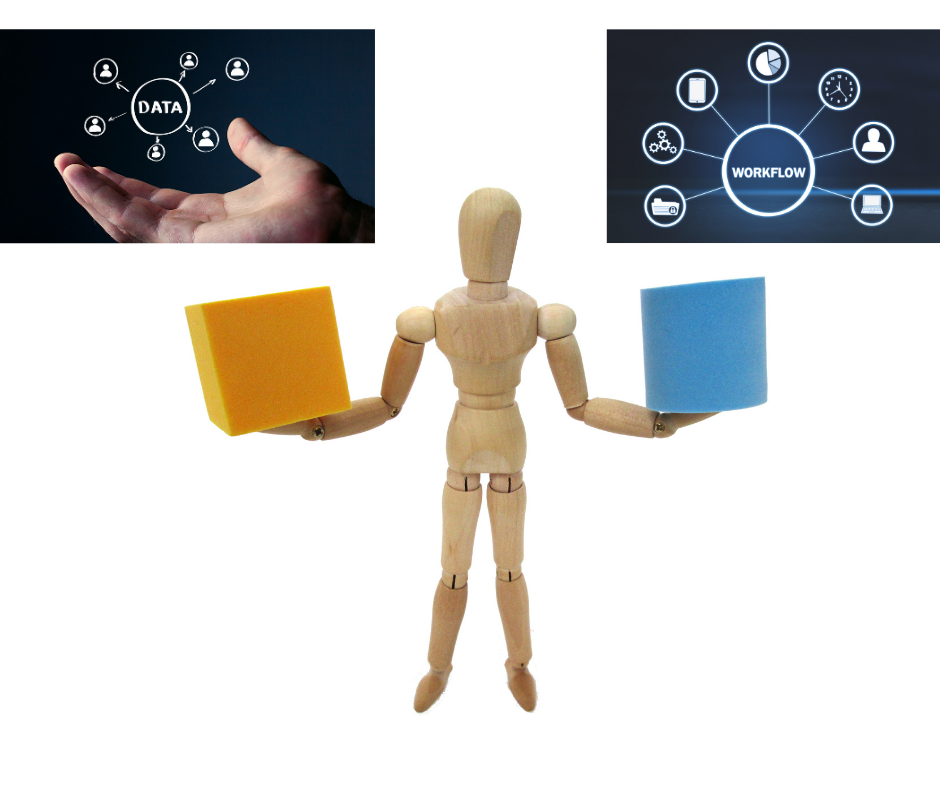
Digitalization
How To Create-Track-Monitor Incident Report Using Excel?
We understand that automation isn’t an easy task. It is an expensive and technical process that not all hospitals can adopt. We present to you a simple alternative, that won’t cost you a dime.


